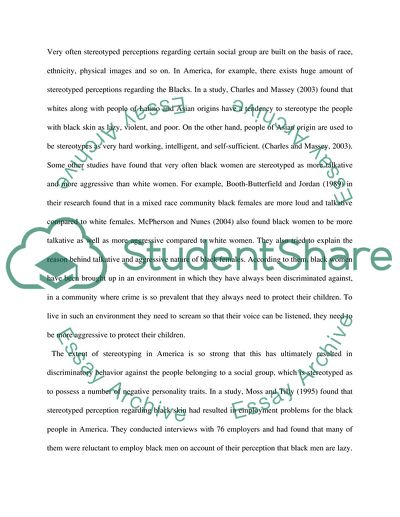Cite this document
(Statistics Behind the Stereotypes about White and Black Skinny People Project, n.d.)
Statistics Behind the Stereotypes about White and Black Skinny People Project. Retrieved from https://studentshare.org/statistics/1725316-stereotypes
Statistics Behind the Stereotypes about White and Black Skinny People Project. Retrieved from https://studentshare.org/statistics/1725316-stereotypes
(Statistics Behind the Stereotypes about White and Black Skinny People Project)
Statistics Behind the Stereotypes about White and Black Skinny People Project. https://studentshare.org/statistics/1725316-stereotypes.
Statistics Behind the Stereotypes about White and Black Skinny People Project. https://studentshare.org/statistics/1725316-stereotypes.
“Statistics Behind the Stereotypes about White and Black Skinny People Project”, n.d. https://studentshare.org/statistics/1725316-stereotypes.


